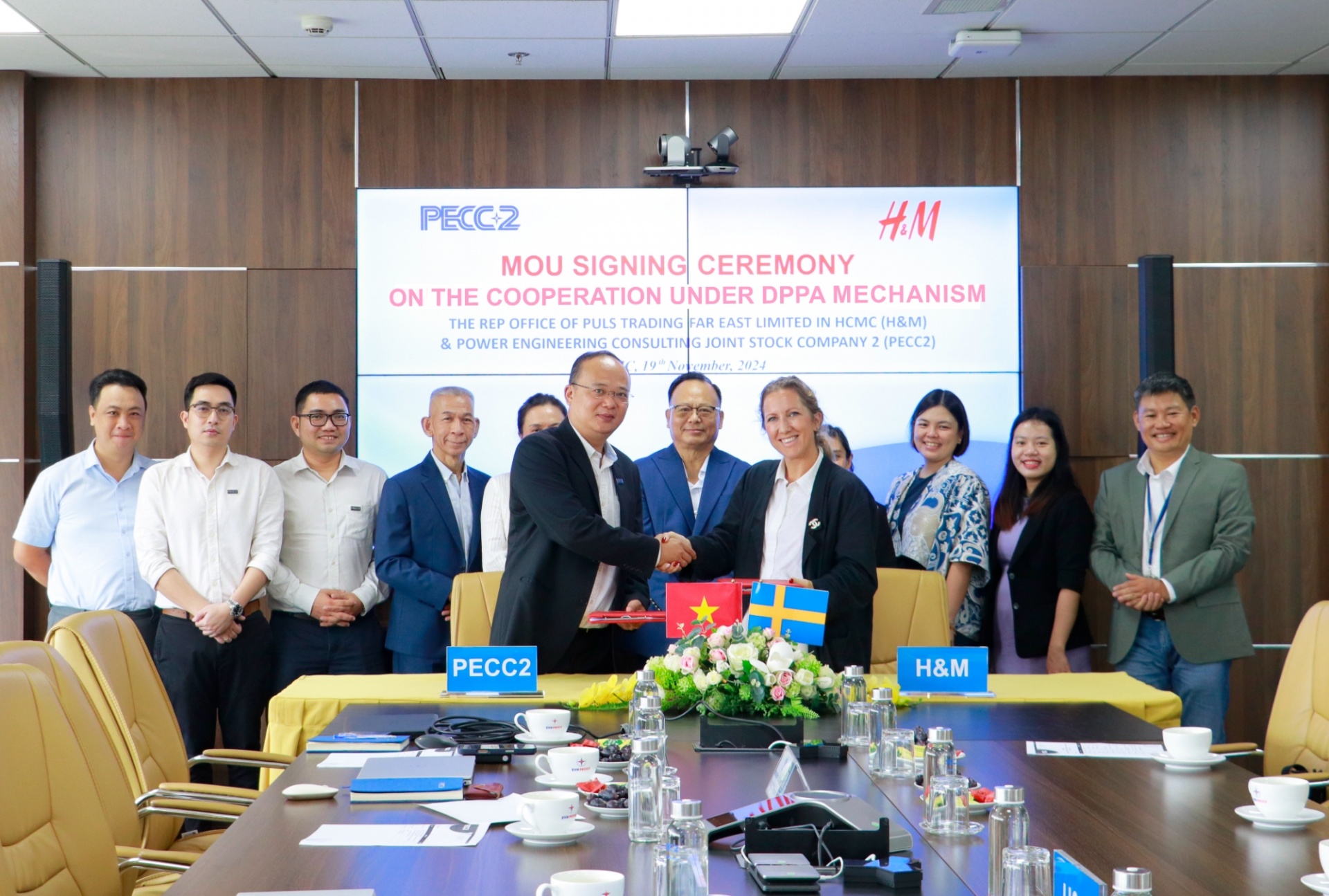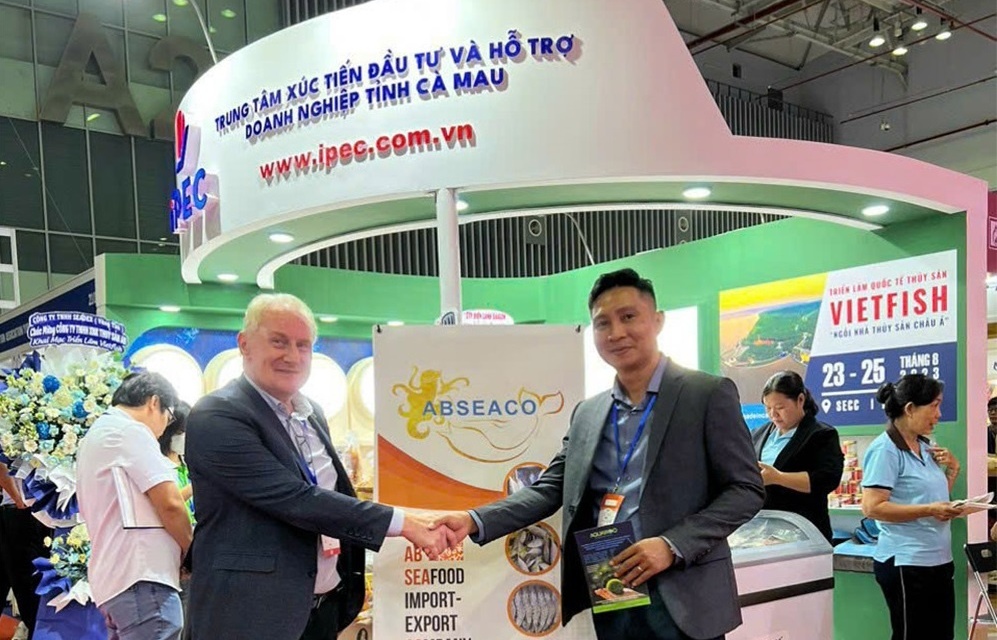Firms bend over to enter rubber world

Vietnam Rubber Group (VRG), which includes more than 100 members, Hoang Anh Gia Lai Group and Ho Chi Minh City-based Gemadept Corporation are among big Vietnamese companies heading west.
State-run VRG’s five-year business plan for 2011 through 2015, approved by Prime Minister Nguyen Tan Dung earlier this month, includes growing 200,000 hectares of the trees, with 60,000ha at home and 140,000ha in foreign countries, mainly Cambodia and Laos. By 2015, the group’s total rubber area would be 500,000ha.
VRG began rubber cultivation in Cambodia in 2007. As of last August, the group received 132,500ha for growing rubber and is implementing VND14 trillion ($673 million) worth of 15 projects covering 51,000ha. While, the projects have not generated profits, each project will include a latex processing plant, with capacity gradually increasing to keep pace with the rise of harvested latex.
VGR general director Tran Ngoc Thuan said financial difficulties and expensive inputs in 2011 slowed the group’s planting progress in Cambodia and Laos. But, it is striving to complete its 100,000ha rubber planting plan in Cambodia under an agreement between the two governments.
Additionally, VRG plans to ask for another 100,000ha of land to grow the trees in the next phase in Cambodia.
Unlike VRG, freight company Gemadept is a newcomer in the field. But, it launched a rubber plantation project in Cambodia covering 30,000ha last year in upland Mondulkiri province, bordering Vietnam’s Binh Phuoc province. The 25-year project needs $150 million and this year’s investment is about $14.5 million for Gemadept to clear off 7,000-8,000ha of land and plant 4,000-5,000ha of rubber trees, after 500ha was cultivated last year. Gemadept has set up three subsidiaries for its Cambodia rubber project.
Gemadept chief Do Van Minh said the trees would start providing latex in 2016 and with 30,000ha available for harvest, the company could obtain up to $150 million per year, with the latex price being $3,000-4,000 per tonne. Minh said even if Gemadept had no more capital for further investment after two years, it could sell the whole project to Chinese or Malaysian or Singaporean companies, who are hunting projects in Cambodia.
Gemadept project execution chief Nguyen Thanh Tinh said Cambodia’s rubber plantations would be more profitable than Vietnam’s.
Hoang Anh Gia Lai, meanwhile, plans to set up a corporation to manage all rubber projects in Cambodia, Laos and Vietnam. The multi-business group plans to list its rubber corporation’s shares on Vietnam’s stock market in 2014 and the Singapore Stock Exchange in 2015.
HAGL expects to complete the planned cultivation of 51,000ha of rubber in Cambodia, Laos and Vietnam by the end of this or next year. It had grown on 35,740ha by the end of 2011.
HAGL chairman Doan Nguyen Duc said rubber tree profits were higher than those from real estate. When all 51,000ha providing latex, HAGL can harvest around 127,500 tonnes of dried latex each year and export would bringing in about $382.5 million in revenue.
The Ministry of Agriculture and Rural Development’s Centre for Informatics and Statistics said Vietnam could hit a rubber export volume of 930,000 tonnes this year, up 14 per cent against last year.
What the stars mean:
★ Poor ★ ★ Promising ★★★ Good ★★★★ Very good ★★★★★ Exceptional
Related Contents
Latest News
More News
- M&As working in tandem with health development (November 21, 2024 | 11:29)
- Slow disbursement hinders ambitions (November 21, 2024 | 09:00)
- Mitsubishi Estate launches Logicross Hai Phong - a milestone in logistics evolution (November 20, 2024 | 14:32)
- Semiconductor workforce partnerships deliver industry-relevant training (November 20, 2024 | 10:58)
- German Quickpack to invest $31.7 million in Long An province (November 20, 2024 | 09:31)
- Foreign-invested enterprises drive logistics investment in the southeast region (November 20, 2024 | 09:27)
- Chile visit underscores trade benefits (November 19, 2024 | 10:00)
- Trump’s second term impacts sci-tech activities and industry 4.0 technologies (November 18, 2024 | 10:00)
- Vietnam eyes nuclear revival to bolster energy security (November 14, 2024 | 16:46)
- Kyokuyo completes $13.5 million seafood factory in Vietnam (November 14, 2024 | 12:19)


 Tag:
Tag:


















 Mobile Version
Mobile Version